The BRANZ House Condition Survey recorded information on the types of hot water systems present in New Zealand houses. It also provided data to help understand how efficiently water is being used in the home, for example, whether cylinders and pipes were insulated, evidence of leaking taps, temperature at the hot water tap and the rate of flow in the shower.
Shower flow rates
The shower flow rate can have a significant impact on hot water use and therefore energy bills. EECA recommends a flow rate of less than 9 litres per minute.
Shower flow rates were recorded in the survey by timing how long it takes to fill a 4-litre bucket with water from the shower at normal temperature. The results from the 2015 survey (converted into flow rates in litres per minute) showed that nearly half of all showers exceeded the EECA recommended rate, and 15% exceeded 15 litres per minute.
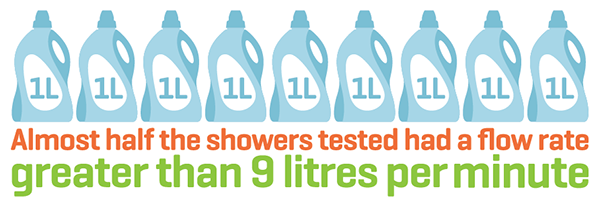

Assuming a shower time of 5 minutes, reducing the shower flow rate by just 1 litre per minute could save 5 litres of water for every shower.
For a household of three over a whole year, that would be the equivalent of five spa pools of water and could save the householders around $80 a year.
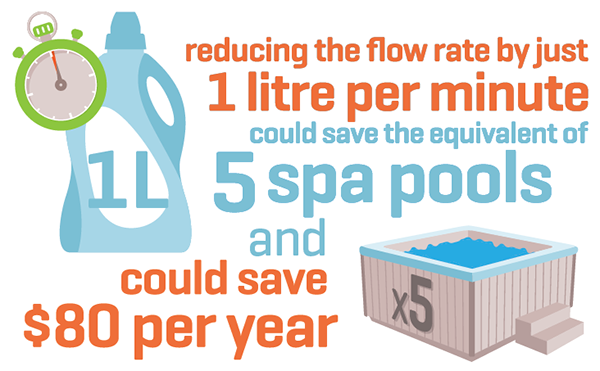
Leaking taps
Leaking or dripping taps waste water and can represent significant costs if hot water is being lost. Wellington Water estimates that a tap dripping every few seconds could add up to 28 litres every day or 2,500 litres over 3 months.
The survey found over 9% of houses had a leaking tap or showerhead. If left over a whole year, this could be enough to fill a small swimming pool.
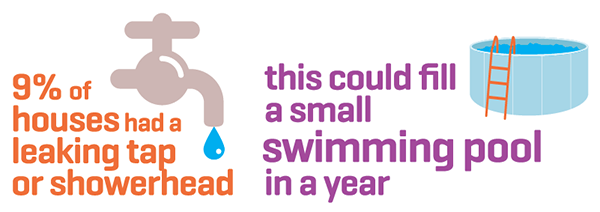
Hot water tap temperatures
At the time the survey was undertaken the maximum water temperature at the tap for showers, baths and hand basins in the home in Acceptable Solution G12/AS1 was 55°C. (Since the 2015 House Condition Survey was carried out, this maximum temperature has been reduced from 55°C to 50°C.)
The House Condition Survey records the temperature of the hot water tap in all bathrooms. The results show that, in 31% of the houses surveyed, the measured temperature exceeded 55°C.
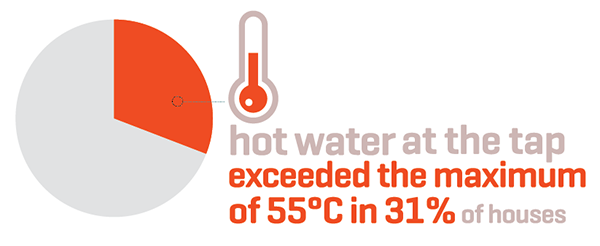
Hot water cylinder thermostat settings
If hot water is sourced from a cylinder, the cylinder thermostat temperature should be set to 60°C. This is hot enough to kill harmful bacteria in the stored water, such as Legionella, but not so hot that it risks scalding temperatures at the tap. Heating hot water cylinders beyond 60°C also wastes energy and money.
The average temperature of all cylinder thermostats recorded in the survey was 62°C - this ranged from a minimum of 40°C to a high of 85°C. A quarter of houses surveyed had a cylinder set at 65°C or higher, and one in 10 were set at 70°C or higher.
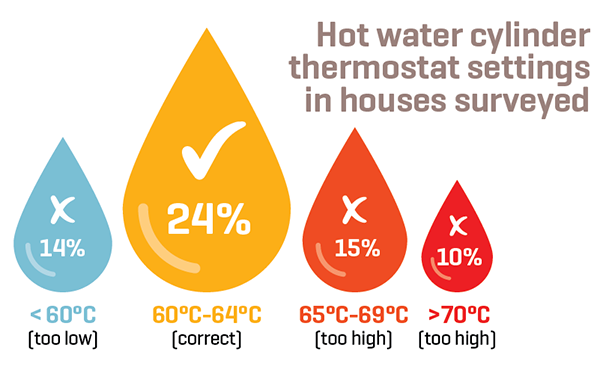
Hot water cylinder and pipe insulation
Insulating the hot water cylinder and first metre or so of hot water pipe coming off the cylinder helps keep the heated water warm, reducing energy (and therefore cost) required to heat it. Whilst modern cylinders may have insulating material by design, older cylinders (pre-2002) are likely to be poorly insulated and need wrapping.
The House Condition Survey recorded the presence of a hot water cylinder wrap and hot water pipe insulation. Results from the 2015 survey showed two-thirds (66%) of hot water pipes lacked insulation and four-fifths (79%) of cylinders were not wrapped. Depending on the age of the cylinder and pipes, adding insulation could save $80 a year on your energy bill, yet costs only $60-70 to install.
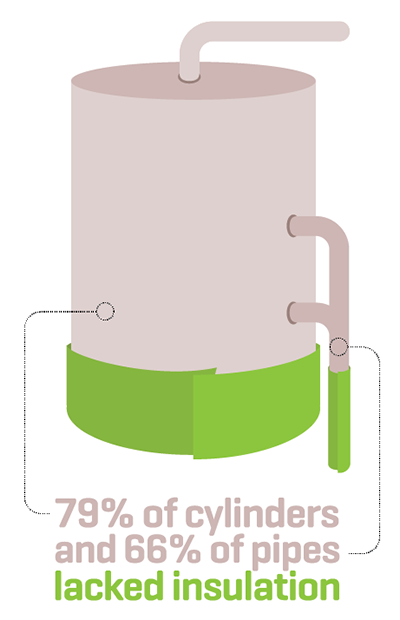
Get more information on the survey findings and tips for managing water use:
Updated: 4 April 2025